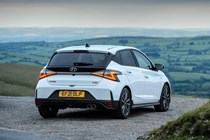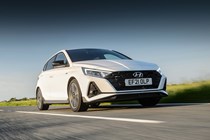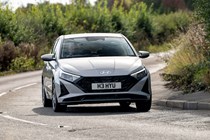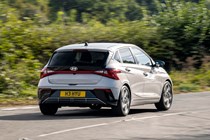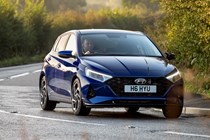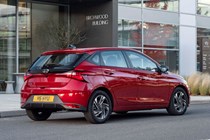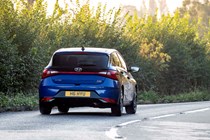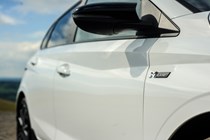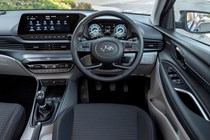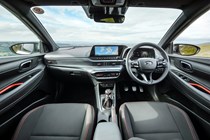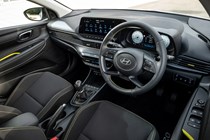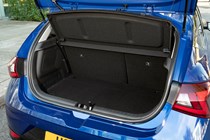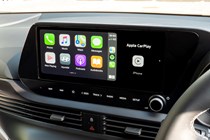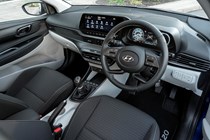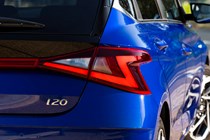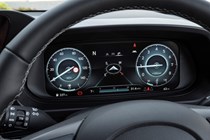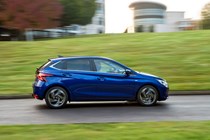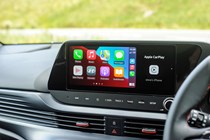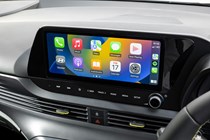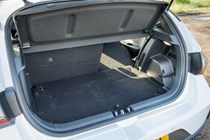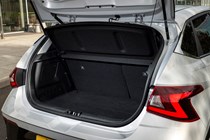
Hyundai i20 review
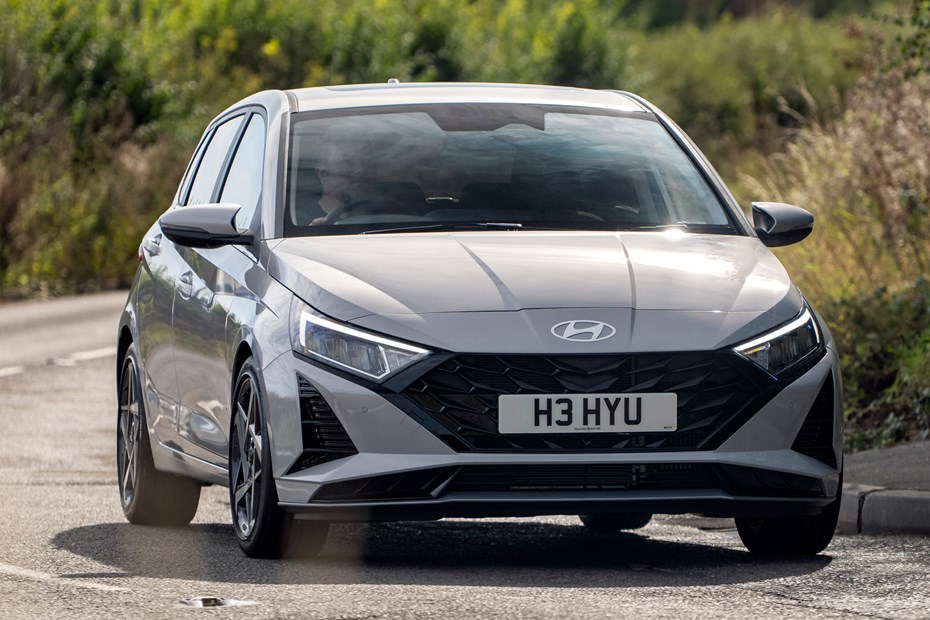
At a glance
| Price new | £21,310 - £25,210 |
|---|---|
| Used prices | £9,747 - £22,255 |
| Road tax cost | £190 |
| Insurance group | 12 - 16 |
Get an insurance quote with

|
|
| Fuel economy | 50.4 - 55.4 mpg |
| Miles per pound | 7.4 - 8.1 |
| View full specs for a specific version | |
Available fuel types
Petrol
Pros & cons
- Generous equipment levels
- Sharp exterior styling
- Bang up-to-date technology
- Some models feel cheap inside
- Only one engine now available
- Automatic gearbox doesn’t suit the car
Overview
The Hyundai i20 has never been at the forefront of the supermini segment, but now has far more of a chance following the Ford Fiesta being discontinued in 2023. It’s probably not a coincidence that Hyundai has refreshed the i20 just a few months after this, with the latest update predominantly focusing on style.
Changes for 2024 include a new grille and bumper to give the i20 a bolder appearance – not that it didn’t stand out already in its latest third generation. Various new colours and wheel designs are also introduced, while more equipment and connectivity upgrades are introduced.
It’s a fairly small update, admittedly, but given the third-generation i20, introduced in 2020, was such a significant step forward compared to its predecessor, Hyundai didn’t have to push the boat out too far with this latest iteration.
The South Korean firm has also reduced the number of engines available, with only a single turbocharged petrol model available, with the previous mild-hybrid unit no longer sold in the UK. Hyundai has also recently stopped European production of its i20 N hot hatch as the firm focuses instead on performance electric cars in the region.
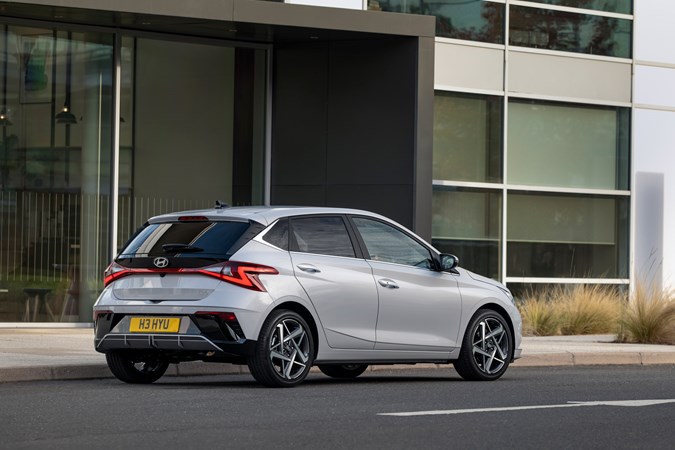
Prices for the i20 start from £21,420, and in terms of equipment, entry-level Advance models come with 16-inch alloy wheels and LED front and rear lights. You also get air conditioning, a reversing camera and a 10.25-inch touchscreen with digital dials of the same size.
The mid-range Premium trim adds 64-colour ambient lighting, climate control, heated front seats and a heated steering wheel. At the top of the range is the Ultimate, which brings a Bose sound system, sunroof, keyless entry and blind spot monitoring, which is a lot of equipment for a supermini. But regardless of which i20 you go for, you’ll get a lot for your money.
Read on for our detailed review of the Hyundai i20. Over the next few pages, we’ll discuss the supermini’s practicality, comfort, running costs and driving experience, before offering an overall verdict on the car.



